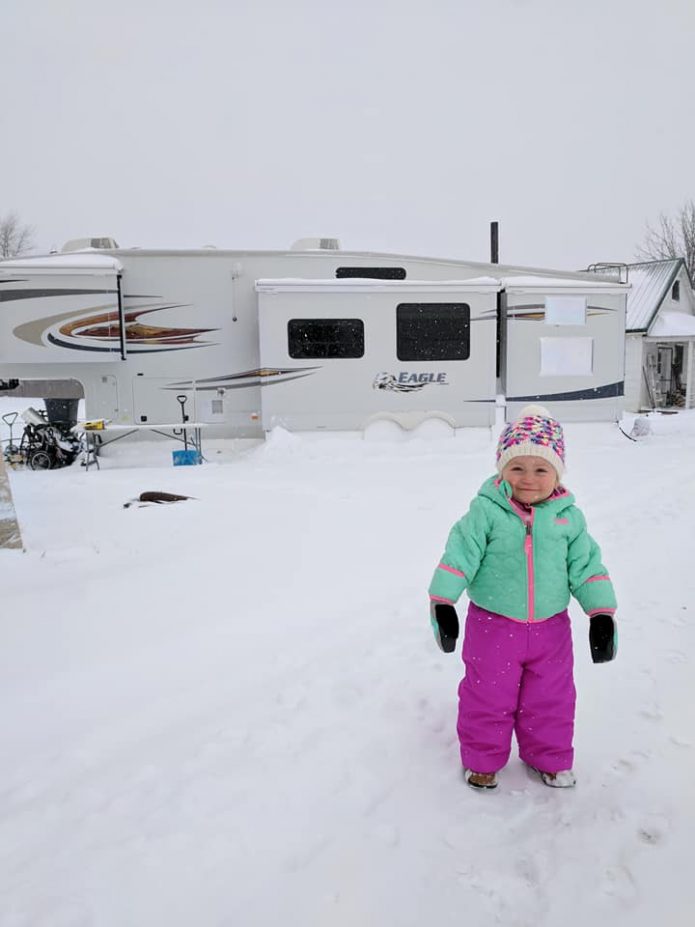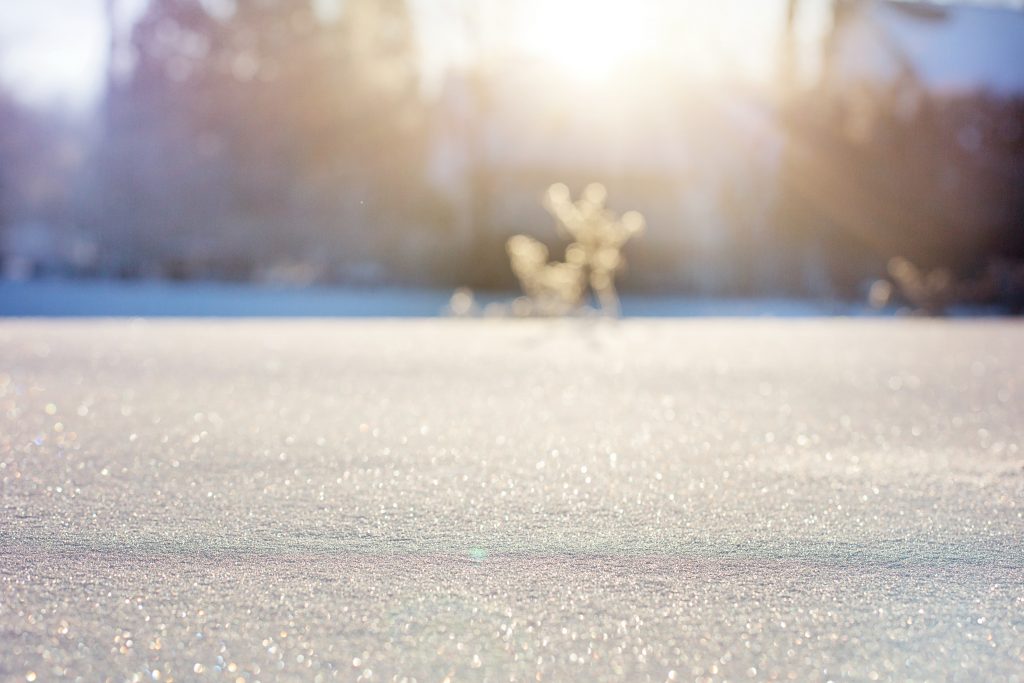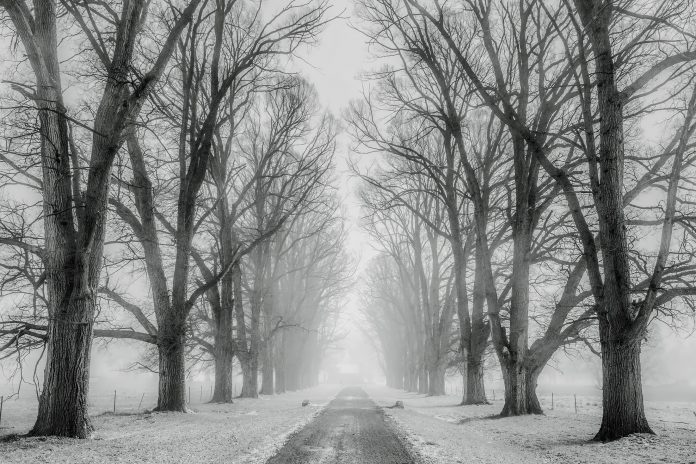Regardless of Where You Find Yourself, Be Ready to Winterize Your Tiny House
Wild shifts in weather lately indicate temperatures can plummet quickly, calling for a certain amount of advanced readiness this year to winterize your tiny house.
The piles of snow and ice accumulation threaten to freeze pipes, knock out electric power, and leave anyone stranded in the awful conditions. Whether you live tiny, in a traditional or manufactured home, these threats are not to be taken lightly as the outcomes can produce thousands of dollars in damage if not injury too.
When you winterize your tiny house it can take less time than you think. And hopefully this can become a routine practice as the changing season approaches.
You want to ensure you’ve done your research on things like R-value, the rating given to the ability to keep your home insulated. It’s all about heat in, cold out.
Depending on the climate and cold weather exposure your tiny house will endure, you need to decide what kind of insulation and what R-rating will be necessary for you to winterize your tiny house.

Seven Steps to Prep Your Park Model or THOW (Tiny House on Wheels) for Winter
Window Insulation
Cover your windows with an insulated material such as solar shade or even a heavy drape. This provides an extra layer of protection from the cold. Most tiny homes do offer double paned windows because of the tendency to use more windows to open the home with natural light. However, it reduces the ability to keep the house insulated. If you plan to live in a cold climate, triple-paned windows are the best investment.
Put on Your Skirt
This material can be purchased as nylon, banner material, or hard foam from a local hardware store. The material doesn’t matter as much as simply providing a barrier from the wind and cold whipping under your house during winter. Ensure you find something that’s windproof. Perhaps consider repurposing old election banners, wood scraps or other materials to save on cost.
Tire Covers
If you plan to remain parked, as many do during cold weather, be sure the tires are chocked. Cover them with weather-resistant material. And drive onto elevated blocks that will keep you above dirt and grass. This prevents dry-rot on the tire rubber.
Propane Preparation

Much like our natural instinct is to cover up when it gets cold, our propane tanks need covering as well. You can purchase propane blankets in the $80-$400 range, depending on your climate and average temperatures. Avoiding this precaution can cost hundreds or even thousands of dollars in work to repair frozen propane lines and propane heated water tanks.
Heated Hoses
Hook water to an outside source. It is crucial to use a heated hose or to insulate your potable drinking hoses with wired heat tape. This allows the lines to remain open and flowing, even when the hose is buried in snow. Without this investment of $50 to $300 you can endure frozen hose lines and pipes and lack of water to your tiny house.
Warming Tanks
If you have black or gray water holding tanks, be sure to winterize your tiny house by protecting the tanks against freezing temperatures. Some opt for a heat lamp under the tanks to prevent ice. Consider how to drain your tanks when the temperature drops, too. So, if you are digging a drain line, plan ahead for a path to dig beneath the permafrost line.
Backup Generation
Sometimes the winter is more harsh than expected. That’s why, if all else fails, a backup generator is a good idea. While the backup may not allow you to run all of the appliances within your tiny house, it will keep essentials operational as long as you can refuel.
Part of the beauty of a THOW is the ability to pack up all of your belongings and move to whatever climate or locale you choose.
However, if you enjoy the beauty and outdoor adventure that the snow and winter have to offer, just be sure you’ve planned ahead. Prep your home for the climate and conditions.















